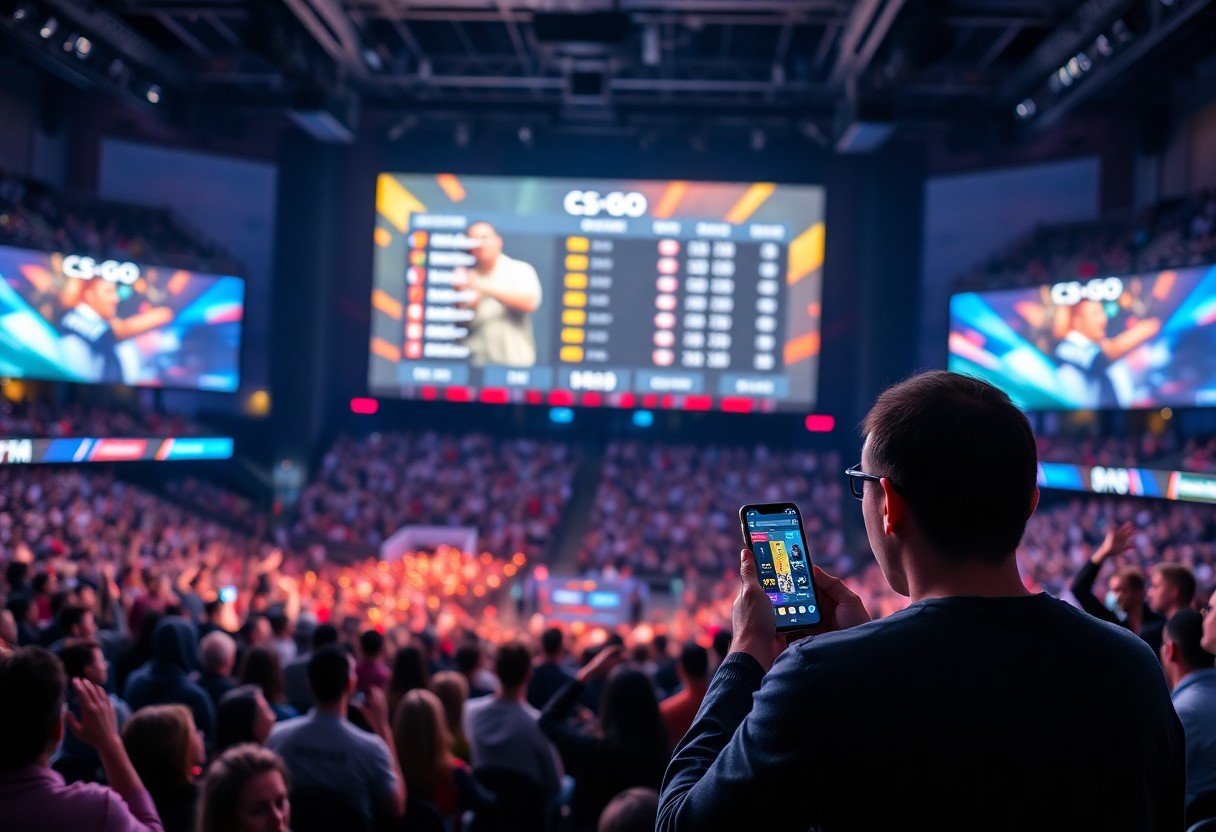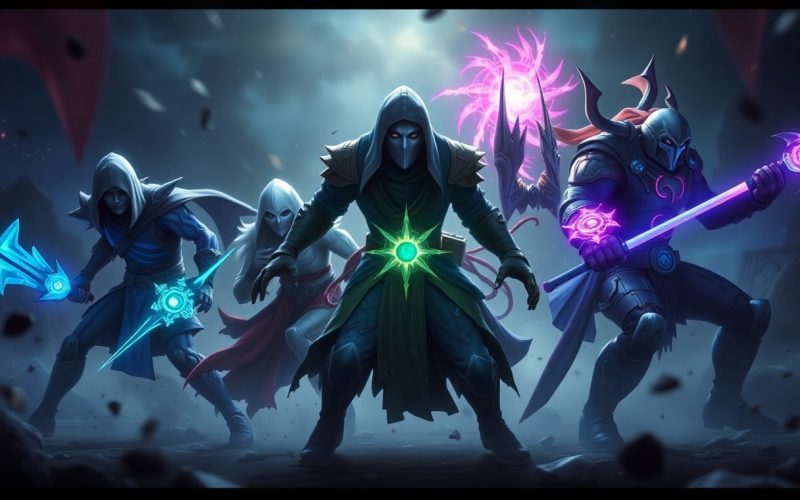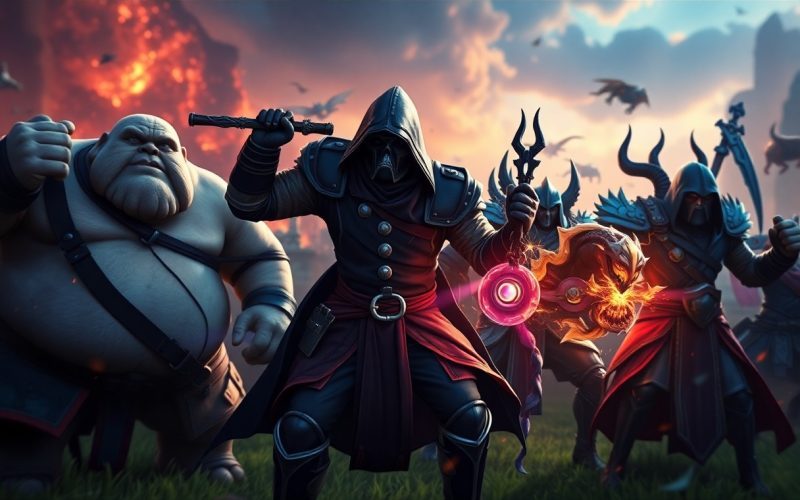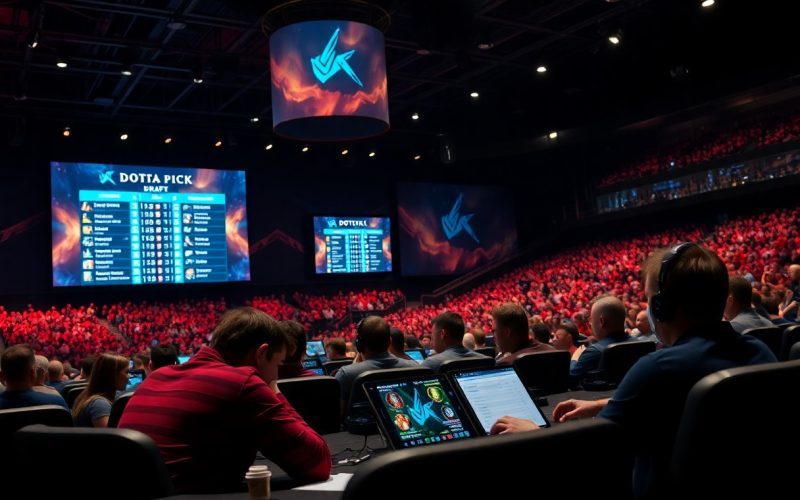Momentum is a central theme in the world of competitive gaming, especially in a title as dynamic and strategic as Dota 2. The timing of game patches often becomes a significant discussion point among the community, with many wondering whether the release schedules serve to enhance excitement or inadvertently disrupt the ongoing momentum of professional play.
Dota 2 is renowned for its intricate balance and frequent updates, introduced to keep gameplay fresh and dynamic. Patches can range from minor tweaks to significant alterations, affecting heroes, items, and mechanics within the game. These changes can shift the meta, which refers to the prevailing strategies and hero selections that dominate competitive play. When a patch is released, it often requires teams to adapt quickly, leading to either an exhilarating overhaul of strategies or a term known among players as “patch fatigue,” where the rapid changes cause more confusion than clarity.
The timing of these patches has historically stirred debate. For instance, patches released just before major tournaments can rejuvenate the excitement for fans and players alike. These updates offer unexpected twists, potential new metas, and exciting matchups, which can increase viewership and engagement in a sport that thrives on unpredictability. Major events, such as The International, often see colossal shifts in hero popularity driven by last-minute patches, infusing the tournament with fresh narratives.
However, on the flip side, releasing patches right before significant matches can also hinder teams’ preparations. With limited time to practice and adjust to new changes, teams may struggle to perform at their peak levels. A patch issued close to a tournament may lead to grave strategic miscalculations or poor hero drafts, ultimately impacting the quality of matches and dulling the competitive edge. Thus, while the excitement surrounding patch updates can amplify interest, it runs the risk of undermining the competitive integrity of the event.
Moreover, the timing of patches can influence the broader community as well. Players often engage in various activities following up-and-coming patches—experimenting with new hero builds, watching replays, and creating content around meta shifts. This engagement fosters a sense of community and anticipation, as followers analyze potential impacts and share insight. However, if such patches feel inconsistent or poorly timed, the community’s enthusiasm may dwindle, leading to a lack of engagement and player drop-off.
Ultimately, the debate surrounding Dota 2’s patch timing illustrates a balancing act between maintaining gameplay freshness and ensuring that competitive integrity is upheld. While many players and fans revel in the excitement of unexpected changes, it’s necessary for the developers to consider how these updates affect the momentum not only of the ongoing competition but also the larger community. A patch released at an opportune moment can breathe new life into the game, while ill-timed alterations may disrupt teams, creating an uneven playing field. As the game continues to evolve, finding that sweet spot for patch timing remains pivotal in fostering both hype and competitive success in Dota 2.







